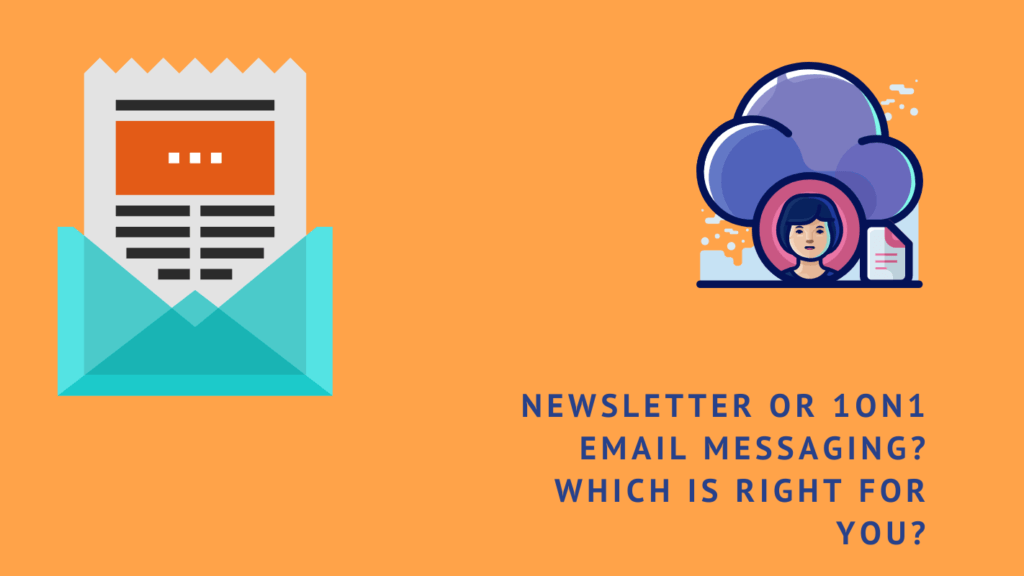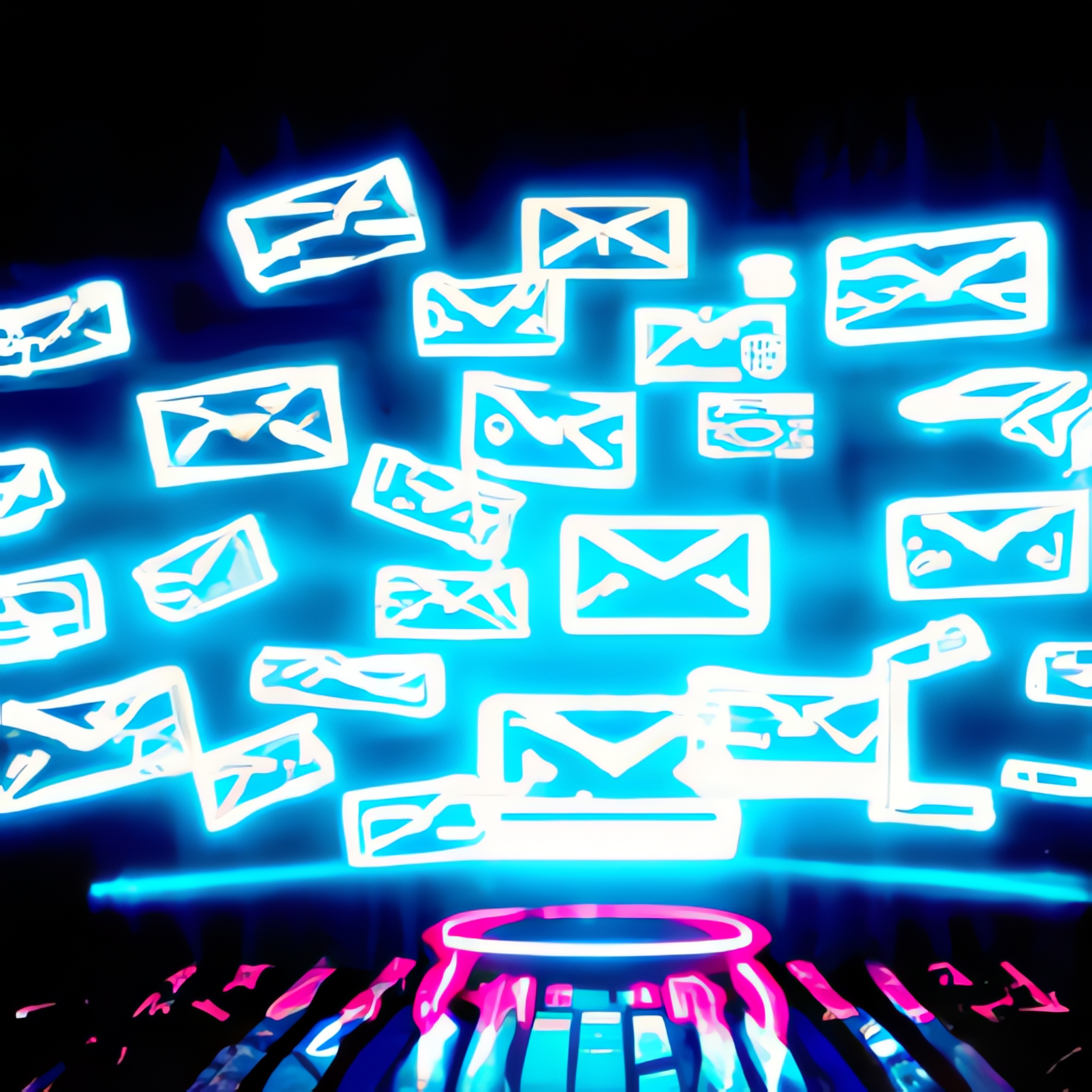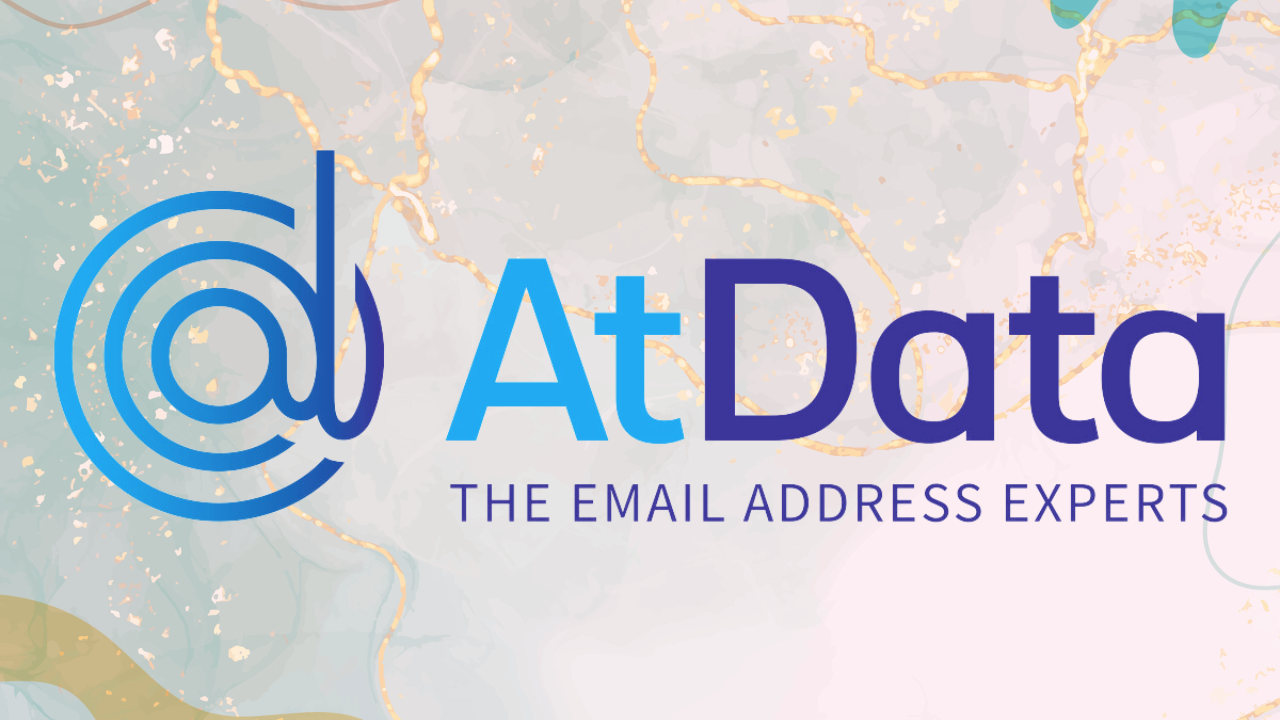Breaking Down Different Style Email Campaigns
Invariably, a large part of customer communications is to ensure it’s a two-way channel, and having high user engagement – both open and click-throughs – is key. So, this begs the following question: what exactly should my next email marketing campaign look like?
The quick-witted answer is one that will drive results to your overall marketing efforts. However, let’s take a moment to examine this because you know the drill, it’s not just coming up with creative emails, it’s also about tracking and finding out which campaigns drive the most revenue. And when it comes to customer communications management, there are two schools of thought for email marketing campaigns.
Typically, email marketing campaigns can fall into two major categories: a generic newsletter and a 1:1 communications email. Here’s a side by side example of two generic templates, which “come out of the box” in ActiveCampaign, one of the leading email marketing service providers. You can read more about ActiveCampaign here, where I lay out 14 Reasons ActiveCampaign Should be Your Next Email Service Provider.
| Email Newsletter Template | 1:1 Email Communications Template |
Follow Wherever the Email Marketing Newsletter Traffic is Going
The first is something that I refer to as a magazine-style campaign; others might call this a newsletter or weekly digest. I like the name magazine because it showcases your latest and greatest content, offers, and promotions that your brand is running. This sort of campaign does well with less engaged subscribers since you are presenting them with a wide range of topics to choose from.
In a sense, you’re throwing up the latest and greatest content and offers. If you are marketing a content-driven site, you must have a steady flow of content coming in – or at least a large reservoir of evergreen content so that you can pump out fresh content on a weekly or even daily basis. If not, then you will quickly run out of steam.
The last point that often gets overlooked when it comes to newsletters is looking where content is going. And here there are two points. The first is obviously which posts are generating the most clicks. The second is a little more subtle and has to do with link positioning. This is where you analyze your email in a “heat map” style to see which is module is garnering the most engagement (more on this “real estate” concept later, so keep reading).
The Pros of a 1:1 Email Marketing Communications Plan
However, when you are dealing with your engaged list, I think 1:1 communications email works extremely well. And the reason for this is that you’ve already built a rapport with them whereby they feel comfortable clicking on your links. When this is the case, you no longer need to just rely on generic “spray and pray” content; rather, you can custom tailor the emails to suit their needs and offer them products that resonate with them.
Now I’m not saying you should never send a newsletter to engaged subscribers and or a personalized email to your lapsed list – remember, a hybrid approach will keep things interesting for your subscribers and allow you to spot key areas for improvement. I’m merely making a case that a personalized email that reads like a letter from your friend (or this article) is a highly effective way to monetize email marketing.
If we take the email newsletter template example from above – Home Décor – we see we can offer pool furniture in the weekly digest email. However, when the smart marketer identifies highly probable clickers and people that need this product, then they don’t need to rely on a newsletter that will have this information tucked away in a forgotten corner.
The opposite.
An email marketer par excellence can make a compelling case – nothing too creepy like I sent a drone over your house and saw you need to pool furniture – by gently talking up the feeling of sitting comfortably in your new patio furniture, and perhaps adding in a customer testimonial to sell the product without being a used cars salesman.
Driving Traffic to a Specific Destination
Within this email, they can include multiple links all pointing to the same landing page. Typically, links can be in the opening paragraph, as an image, a button, and as enlarged text at the end of the email. And of course, there can be one final push in the postscript line.
Again, like the email marketing newsletter, it is vital to know which links are producing the highest click-through rates.
At the end of the day, all of these links – be it in an Email Newsletter Template or a 1:1 Email Communications Template – are akin to “real estate” and have different values. Consequently, it falls on your shoulders to know which type of emails make customers click and using these aforementioned strategies will help you pinpoint what works for you.
Finally, one of the things I’ve been doing is proactively tracking the effectiveness of link real estate. Top-tiered ESPs like ActiveCampaign make this a cinch, so be sure you know how to do this. In my next piece, I’ll follow up with some interesting discoveries about the efficiency of link real estate because let’s face it: at the end of the day, not all links are created equal.
Well, is it “location, location, location?” as they say in the real estate world? More on that soon.







